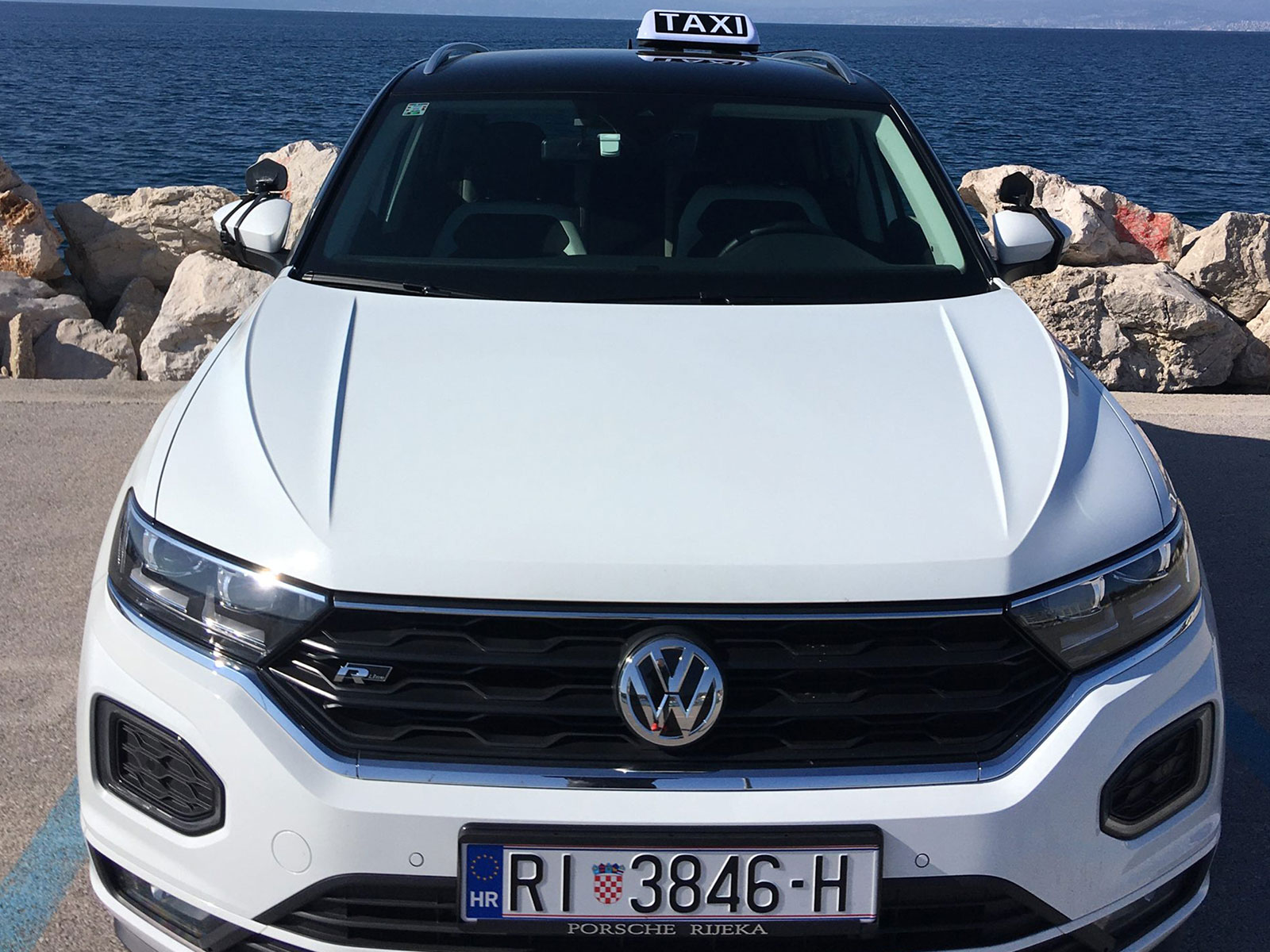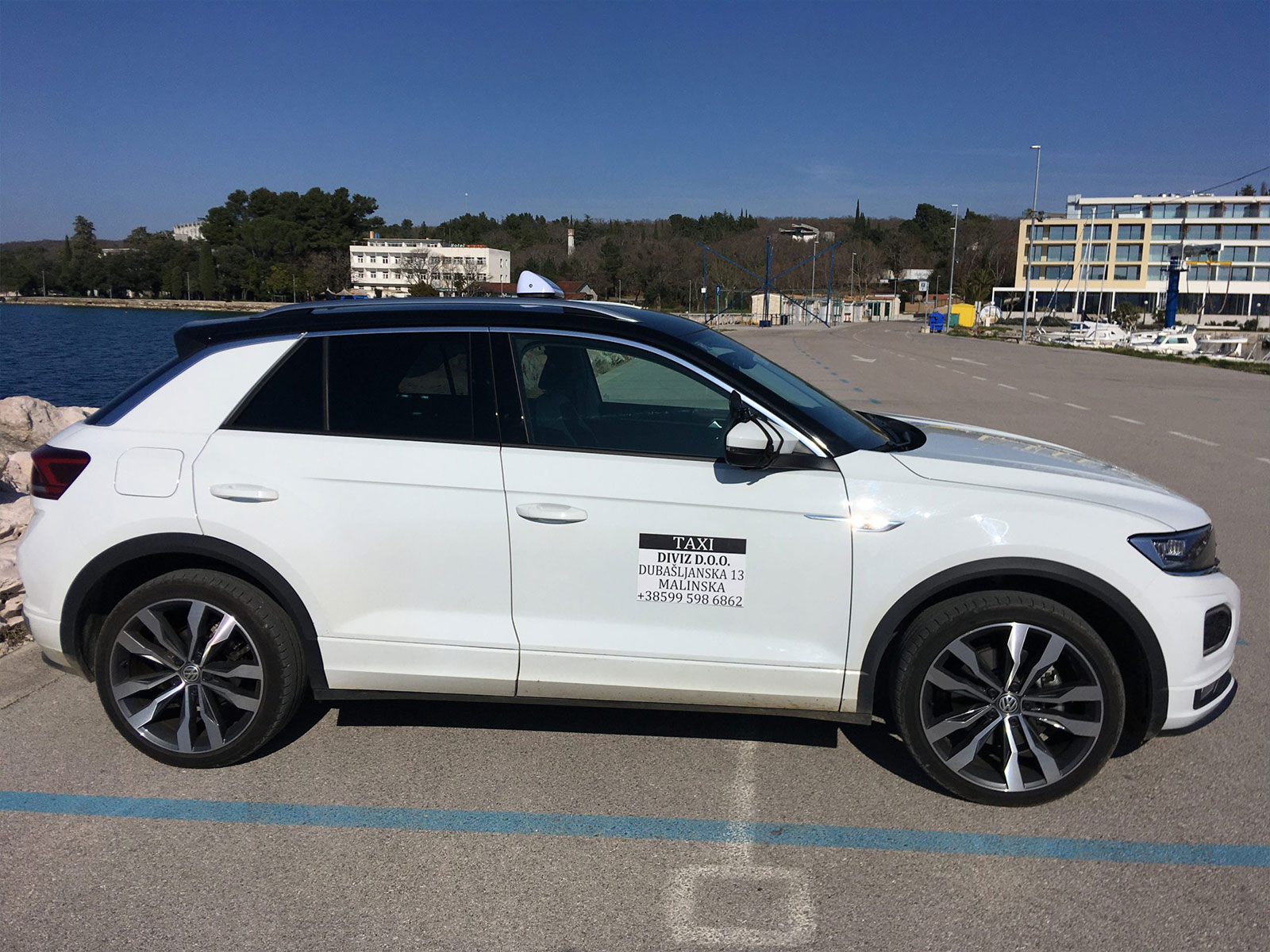Taxi Risika
Risika is located on the east side of the island, in the interior of Krk. It is 6.2 km from the municipal center of Vrbnik and 26.8 km from the Krk Bridge. Neighboring settlements are Gostinjac in the municipality of Dobrinj and Garica in the center of the island. Risika is not a single settlement but consists of Gorinje Selo or Stara Risika and Dolinje Selo or Sridnja Risika and the hamlets: Mavrov or Mavra, Germovi or Grmovini, Paprata, Glavica, Veršek and Čofrova or Čofrov.
It was first mentioned in the will of Desa Banica on August 10, 1284, but the area of Risika has been inhabited since earlier times. According to one theory, the name of the place was given by the people of Dobrinj according to the name of an evergreen plant (“risikovina”). The novelist Petar Skok also holds that the name Risika, but also the nearby hamlet of Paprate, is derived from the name for plants. The name Risike is derived from the name for the plant heather, to which the suffix – ika (vrisika, pa risika) has been added in the Ikavian form.
In the bay of Sveti Marak there are still the foundations of a Roman fortress and tombs from the same time, and under the sea are the remains of a villa rustica. A seal with the image of a warrior and the inscription SIMIGI was found in the same locality, dating from the time of the great migration of the people; according to some opinions he is the chief of a Gothic tribe. In the area of Na mircih, according to Gostinjac, remains have been found that point to the Roman period and the time of the settlement of Croats on the island in the 7th century. Around these castles there were smaller villages that belonged to them. From the earliest times, Risika belonged to the municipality of Vrbnik and has remained so to this day.
Near Risika are the ruins of a fortress, ie a castle called Gradec. Most historians consider Gradec to be the origin of the Krk princes, called Frankopans in the 15th century, who, according to this theory, first spread from the Vrbnik area to the whole island, then to a large part of Croatia, and then outside Croatia and became the most powerful family in Croatia. history of the Croats. Risika is a typical coastal village, with well-preserved stone houses. At the foot of Risika is one of the most beautiful sandy beaches on the island of Krk, Sv. Marak.





